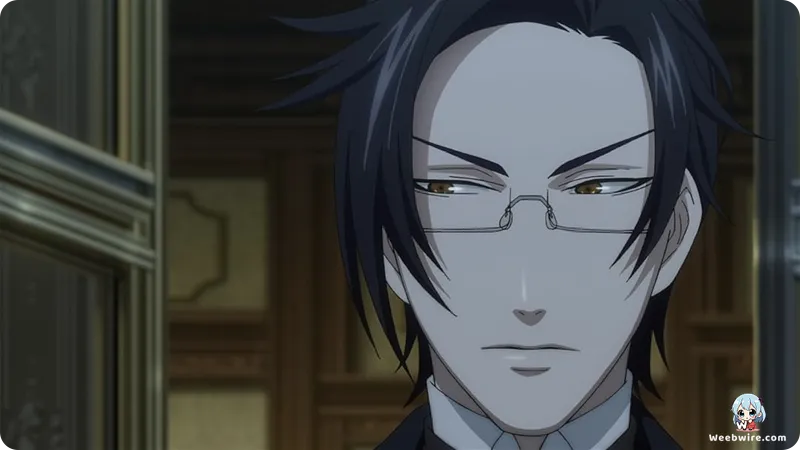The Demon Ciel Ending: Revisiting Black Butler II’s Controversial, Canon-Breaking Legacy and Why It Still Divides Fans

The 2010 release of Black Butler II (Kuroshitsuji II) remains arguably the most divisive and creatively audacious chapter in the Black Butler animated saga. Unlike subsequent, manga-faithful arcs such as Book of Circus, this second season, helmed by A-1 Pictures and distributed by industry giants like Aniplex, made the bold choice to forge an entirely original narrative path. This deviation was necessitated by the anime having already concluded the first season with a non-canonical ending while the manga was still deeply entrenched in the ‘Indian Butler’ and ‘Circus’ storylines. The result was a season brimming with fascinating, albeit non-canonical, lore that permanently redefined the dynamic between Ciel Phantomhive and his infernal attendant, Sebastian Michaelis.
The Introduction of Alois Trancy and Claude Faustus
The primary point of distinction for Black Butler II is its introduction of a formidable rival duo: the volatile young master Alois Trancy and his calculated, demonic butler, Claude Faustus. This addition created a complex, parallel structure, centering the conflict around Claude’s singular, cold ambition: to acquire Ciel’s soul, which he deemed inherently superior to that of his own erratic master, Alois. The thematic contrast between the two households is striking and visually rich. The Phantomhive estate is associated with the regal, cunning motif of the crow or raven, mirroring Sebastian's true form. Conversely, the Trancy establishment embraces the intricate, predatory symbolism of the spider.

This spider motif is underscored by Claude Faustus’s contract mark, which, unlike Sebastian’s carefully concealed mark, is often prominently visible on the back of his left hand, emphasizing his patient, trap-setting approach to soul acquisition, a stark contrast to Sebastian’s often more direct manipulations. Production details reveal that the new characters were meticulously designed to act as dark mirror images. Alois’s traumatic background and desperate yearning for validation, coupled with Claude’s open disdain for his charge, provided a darker, psychologically fraught counterpoint to the established Ciel/Sebastian bond. Even their contractual declarations underscore their distinct identities: while Sebastian famously boasts, “I am one hell of a butler,” Claude responds with the slight but significant variation, “I am one hell of a spider-butler,” highlighting their different predatory styles.
The Legacy of the 'Demon Ciel Ending'
The most enduring and controversial legacy of Black Butler II is its definitive, non-canonical climax, the ‘Demon Ciel Ending.’ Following a monumental confrontation, the season concludes with Ciel being transformed into a demon himself. This dramatic twist renders Ciel’s soul eternally unattainable for Sebastian, effectively shattering the core contractual agreement that underpins the entire franchise. Sebastian is thus eternally bound to serve a master whose soul he can never harvest. While subsequent entries, including the film Book of the Atlantic, consciously ignored these events to revert to the manga canon, the sheer audacity and melancholic finality of the second season’s conclusion cemented its status as a unique, self-contained artifact within the Black Butler universe. The commitment A-1 Pictures demonstrated in crafting such an inescapable, tragic fate for its central duo continues to fuel spirited debate and fascination among dedicated fans.
Credits
Black Butler II
Author
Yana Toboso (Original Manga)
Cover Art
Yana Toboso
Studio
A-1 Pictures
Publisher
Square Enix
Producers





